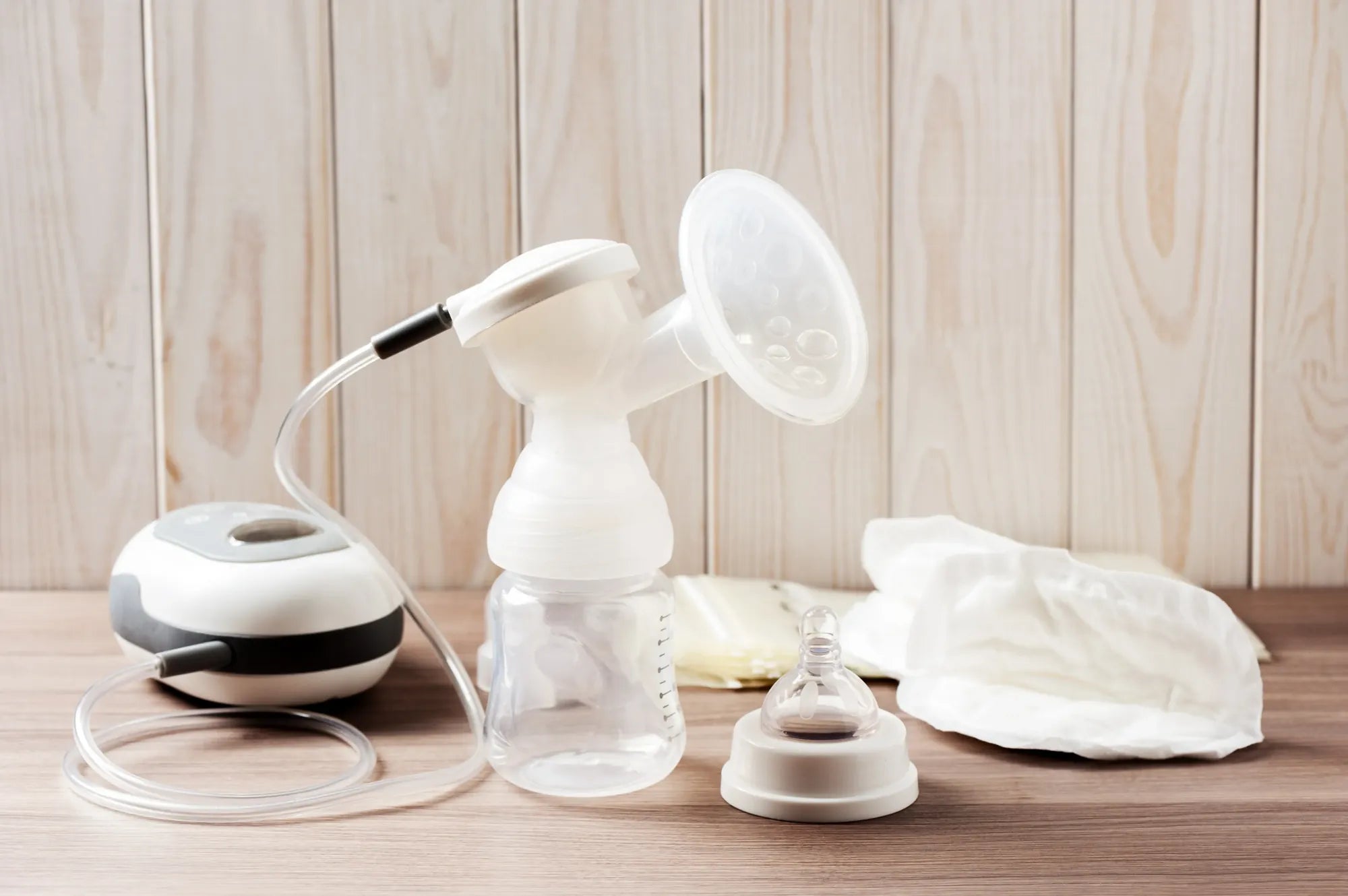Home
Pregnancy, Breastfeeding, and Pumping: The Ultimate Guide for Moms
Is Restroom Suitable Place for Breast Pumping? Exploring the Challenges and Solutions

Is Restroom Suitable Place for Breast Pumping? Exploring the Challenges and Solutions
Breast pumping is an essential part of many mothers' lives, providing a way to nourish their babies while balancing work, travel, or other commitments. However, the question of whether a restroom is a suitable place for breast pumping is one that sparks significant debate. While restrooms are often the only private spaces available in many workplaces or public areas, they are far from ideal for this purpose. This article explores the challenges, health concerns, and potential solutions to ensure that nursing mothers have access to safe and comfortable spaces for breast pumping.
Why Restrooms Are Not Ideal for Breast Pumping
Restrooms are designed for hygiene and sanitation, but they are not conducive to the needs of breast pumping. The primary concerns include:
- Lack of Cleanliness: Restrooms are often high-traffic areas with surfaces that may harbor bacteria and germs. This poses a risk of contamination to breast milk and pumping equipment.
- Uncomfortable Environment: Sitting on a toilet or standing in a stall is neither comfortable nor practical for the time it takes to pump breast milk.
- Privacy Concerns: While restrooms offer a degree of privacy, they are not always secure or quiet, which can make the experience stressful for mothers.
- Health Risks: The presence of germs and lack of proper facilities for cleaning pumping equipment can compromise the safety of breast milk.
The Importance of Proper Breast Pumping Spaces
Breast pumping requires a clean, private, and comfortable environment to ensure the health and well-being of both the mother and the baby. Proper spaces for breast pumping should include:
- Cleanliness: A dedicated space that is regularly sanitized and free from contaminants.
- Comfort: A comfortable chair, adequate lighting, and a flat surface for placing pumping equipment.
- Privacy: A secure and quiet area where mothers can pump without interruptions or discomfort.
- Convenience: Access to a sink for washing hands and cleaning equipment, as well as a refrigerator for storing breast milk.
Legal and Workplace Considerations
In many countries, laws and regulations require employers to provide suitable spaces for breast pumping. These spaces must meet specific criteria to ensure they are safe and functional. Employers should consider the following:
- Compliance with Laws: Familiarize yourself with local and national laws regarding breast pumping accommodations in the workplace.
- Employee Needs: Engage with employees to understand their needs and preferences for breast pumping spaces.
- Designated Spaces: Create dedicated lactation rooms that are separate from restrooms and equipped with necessary amenities.
- Supportive Policies: Implement policies that support nursing mothers, such as flexible break times and access to lactation consultants.
Public Spaces and Breast Pumping
Public areas, such as shopping malls, airports, and parks, often lack suitable spaces for breast pumping. This can make it challenging for mothers who are on the go. Solutions for improving public spaces include:
- Lactation Pods: Portable, private units that provide a clean and comfortable space for breast pumping.
- Family Restrooms: Larger, more hygienic restrooms equipped with seating and amenities for breast pumping.
- Community Advocacy: Encourage local governments and businesses to prioritize the needs of nursing mothers by providing suitable spaces.
Health and Safety Concerns
Using a restroom for breast pumping can pose health risks, including contamination of breast milk and equipment. To minimize these risks, mothers should:
- Clean Equipment Thoroughly: Use sanitizing wipes or a dedicated cleaning solution to ensure all parts of the breast pump are free from germs.
- Store Milk Properly: Use insulated bags with ice packs to keep breast milk at a safe temperature until it can be refrigerated.
- Wash Hands: Always wash hands before handling breast milk or pumping equipment to prevent contamination.
Creating a Supportive Environment
Support from employers, communities, and families is crucial for nursing mothers. By creating a supportive environment, we can ensure that breast pumping is a positive and stress-free experience. Key steps include:
- Education and Awareness: Raise awareness about the importance of suitable breast pumping spaces and the challenges faced by nursing mothers.
- Advocacy: Advocate for policies and infrastructure that support the needs of nursing mothers in both workplaces and public spaces.
- Empathy and Understanding: Foster a culture of empathy and understanding, where nursing mothers feel supported and valued.
Breast pumping is a vital practice that deserves respect and accommodation. While restrooms may seem like the only option in some situations, they are far from ideal. By addressing the challenges and advocating for better spaces, we can ensure that nursing mothers have the support they need to provide for their babies. Let's work together to create a world where breast pumping is safe, comfortable, and accessible for all.
Share
